Optimal Lawn Mowing Schedule Tips
Proper timing for lawn mowings ensures a healthy and attractive lawn. The optimal mowing schedule depends on grass type, growth rate, and seasonal conditions. Regular mowing promotes dense growth, improves appearance, and helps prevent pests and diseases.
Start mowing when the grass begins to grow actively, typically when it reaches about 3 inches. Maintain a height of 2.5 to 3 inches for most grass types.
Increase mowing frequency during peak growth periods. Avoid cutting more than one-third of the grass height at a time to prevent stress.
Reduce mowing frequency as growth slows. Keep the grass slightly taller to protect roots during colder months.
In regions with mild winters, mowing may be minimal or unnecessary. Avoid mowing during frost or when the ground is frozen.

Lawn being mowed in spring, showing healthy green grass.
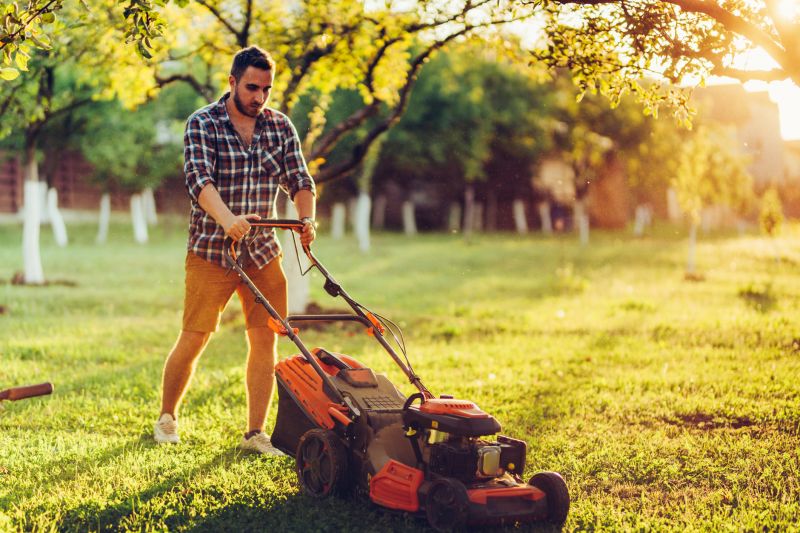
Lawn during peak summer growth, highlighting lush grass.
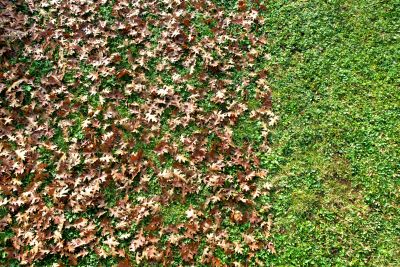
Lawn being mowed in fall, with a focus on preparing for winter.
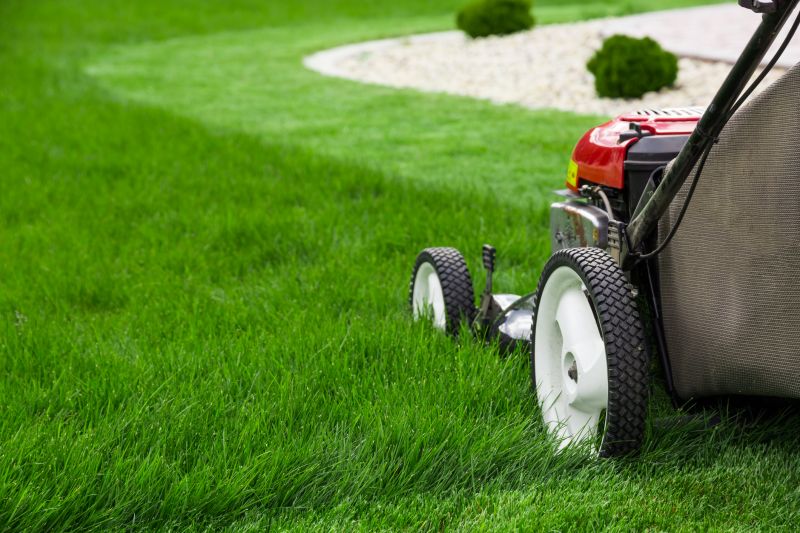
Ways to make Lawn Mowings work in tight or awkward layouts.
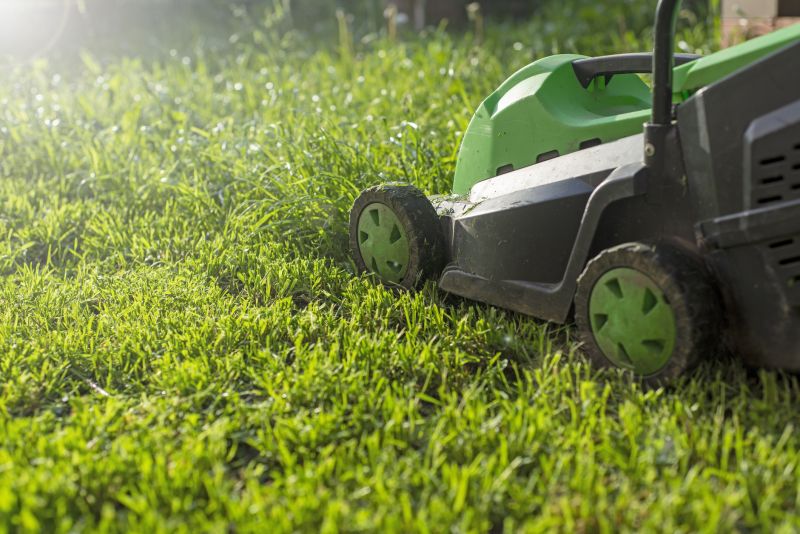
Popular materials for Lawn Mowings and why they hold up over time.
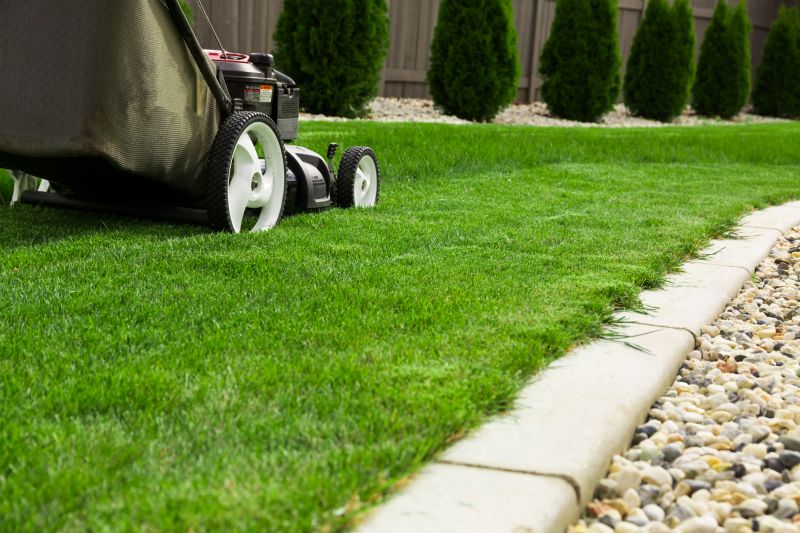
Simple add-ons that improve Lawn Mowings without blowing the budget.
| Season | Mowing Recommendations |
|---|---|
| Spring | Begin when grass reaches 3 inches, cut to 2.5-3 inches, weekly mowing. |
| Summer | Mow more frequently during rapid growth, avoid cutting more than one-third. |
| Fall | Reduce frequency, keep grass slightly taller to protect roots. |
| Winter | Minimal mowing, avoid when frozen or frosty. |
| Weather | Mow during dry conditions, preferably early morning or late afternoon. |
Lawn mowings play a crucial role in maintaining a healthy turf. Regular mowing encourages thick, vigorous growth and helps manage weeds. Proper mowing height varies by grass type but generally falls between 2.5 to 3 inches. Overly short cuts can weaken grass and make it more susceptible to stress and pests. Conversely, leaving grass too tall can promote disease and uneven growth. Adjusting mowing frequency according to seasonal growth patterns ensures the lawn remains lush and resilient.

Close-up of a well-maintained, evenly mowed lawn.

Lawn mower in use during a spring mowing session.
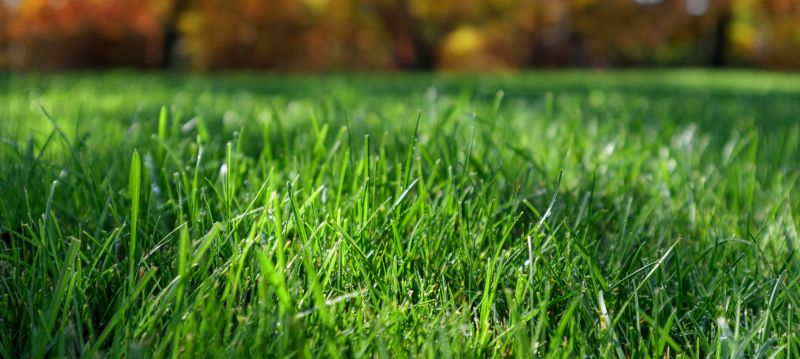
Lawn transitioning from summer to fall, showing growth differences.

Various tools used for effective lawn mowing and maintenance.
Consistent lawn mowings contribute to a dense, weed-resistant turf. Adjusting mowing height and frequency based on seasonal growth patterns helps maintain optimal health. Proper mowing also improves the appearance of the landscape, creating a neat and inviting outdoor space. It is important to keep mower blades sharp to ensure clean cuts and prevent tearing of grass blades, which can lead to disease.
Frequency varies with grass type and season, typically once a week during peak growth.
Maintain grass height at 2.5 to 3 inches for most turf types for optimal health.
Mow during dry weather to avoid soil compaction and disease spread.
Sharpen mower blades regularly to ensure clean cuts and healthy grass.
Filling out the contact form can provide more tailored advice or schedule lawn mowing services. Proper timing and technique are essential for maintaining a vibrant and healthy lawn throughout the seasons.
